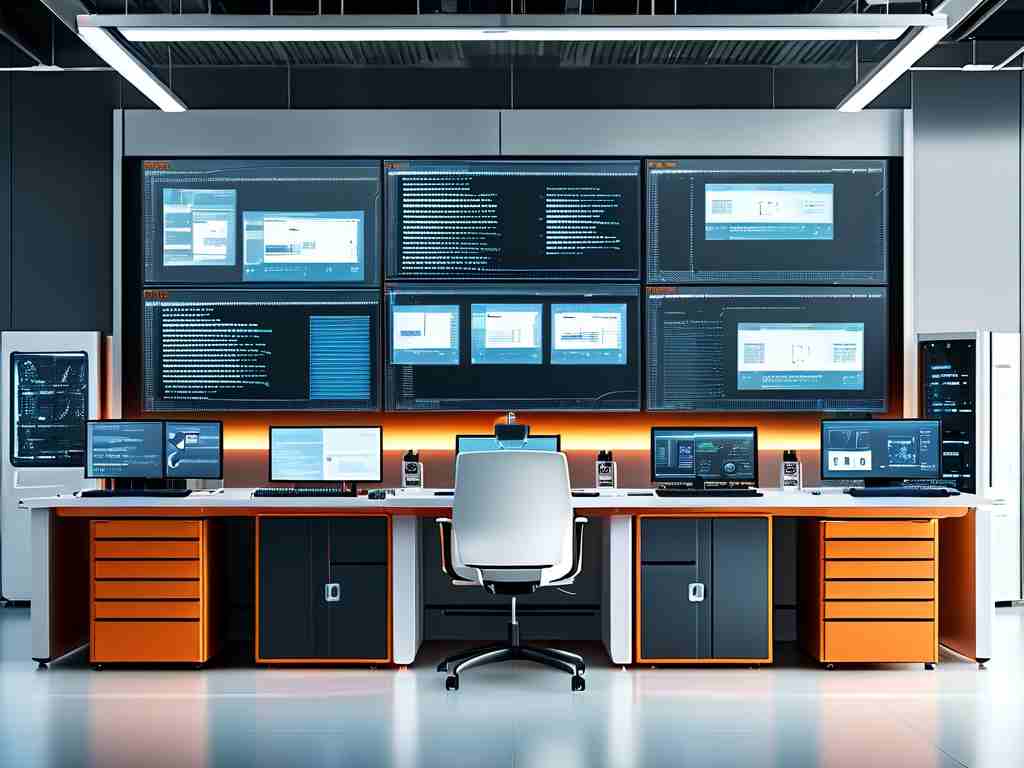Embedded systems form the backbone of modern technological solutions, from smart appliances to industrial automation. This article explores a practical project case study to demonstrate the embedded development workflow, emphasizing critical phases like requirement analysis, hardware-software integration, and testing. By following a real-world example, developers can gain insights into optimizing efficiency while managing complex constraints.

Project Overview: Smart Energy Monitoring System
The case study focuses on building a smart energy monitoring device capable of measuring power consumption in real time and transmitting data to a cloud server. The system uses an ARM Cortex-M4 microcontroller, voltage/current sensors, and Wi-Fi connectivity. Key requirements included low power consumption (operating on battery for 6+ months), ±2% measurement accuracy, and secure data transmission.
Phase 1: Requirement Analysis and Architecture Design
Initial stakeholder meetings identified core functionalities and performance benchmarks. A modular architecture was adopted to separate sensor data acquisition, processing, and communication tasks. Hardware selection prioritized energy efficiency – the STM32L4 series MCU was chosen for its low-power modes, while the ESP8266 handled Wi-Fi connectivity.
Phase 2: Hardware-Software Co-Design
Collaboration between hardware and software teams occurred early to avoid integration pitfalls. Schematic design included noise reduction techniques like star grounding and EMI filters. Firmware development followed a layered approach:
// Hardware abstraction layer (HAL) for sensor initialization
void Sensor_Init() {
ADC_Config(ADC_RESOLUTION_12B, 1000); // 12-bit ADC at 1ksps
GPIO_SetMode(CURRENT_SENSOR_PIN, ANALOG_MODE);
}
Concurrent testing validated sensor accuracy under varying load conditions, revealing the need for software-based calibration to compensate for temperature drift.
Phase 3: Iterative Development and Testing
Agile methodologies guided firmware development. Key milestones included:
- Implementing interrupt-driven sampling to minimize CPU wake time
- Developing a custom TCP/IP stack for reduced communication overhead
- Integrating AES-128 encryption for data security
Regression testing uncovered a critical timing conflict between ADC sampling and wireless transmission. This was resolved by implementing a state machine that enforced mutual exclusion between high-power operations.
Phase 4: Power Optimization Strategies
Achieving the 6-month battery target required aggressive power management:
- Leveraging the MCU's STOP mode (2µA sleep current)
- Scheduling Wi-Fi transmissions in burst mode
- Implementing adaptive sampling rates based on load changes
# Simulated power consumption analysis baseline_current = 2e-6 # 2µA in sleep mode active_current = 15e-3 # 15mA during operation duty_cycle = calculate_optimal_wakeup_interval() total_consumption = (duty_cycle * active_current) + ((1 - duty_cycle) * baseline_current)
Phase 5: Field Testing and Deployment
Pilot installations in residential environments revealed unexpected challenges:
- RF interference from microwave ovens disrupting Wi-Fi
- Voltage spikes causing sensor offset errors
- Limited LTE coverage in rural areas
These issues prompted design revisions, including adding transient voltage suppressors and implementing a hybrid Bluetooth/Wi-Fi fallback mechanism.
Lessons Learned
- Early prototype testing under real-world conditions prevents costly redesigns
- Power budgeting requires continuous monitoring throughout development
- Modular firmware architecture simplifies compliance updates (e.g., security patches)
This embedded development case study highlights the importance of cross-disciplinary collaboration and iterative refinement. By systematically addressing technical constraints while maintaining focus on user requirements, teams can deliver robust embedded solutions. Future enhancements for this project could incorporate machine learning for anomaly detection, demonstrating how embedded systems serve as platforms for continuous innovation.









